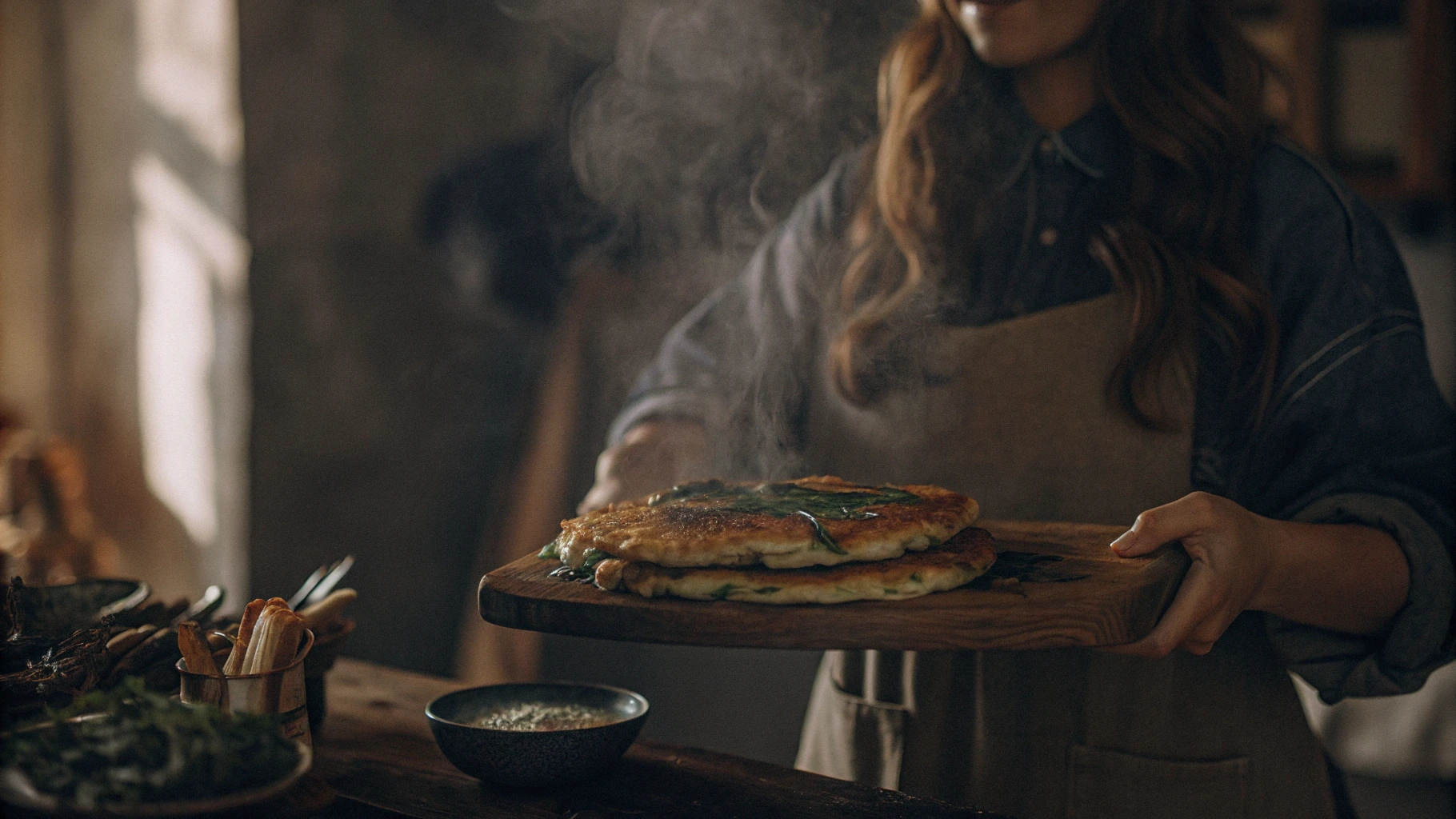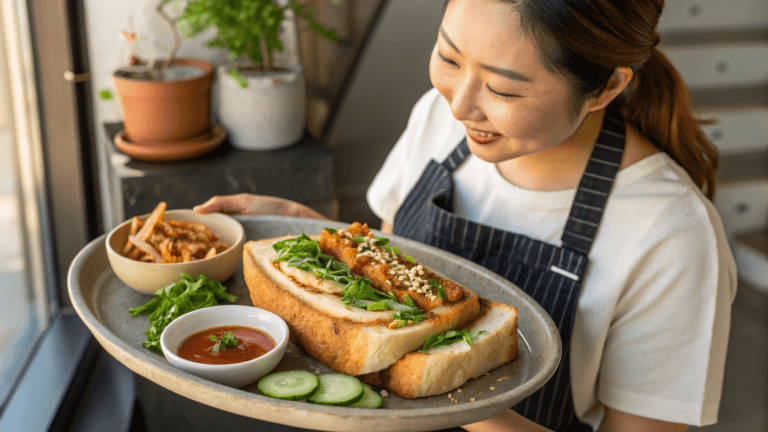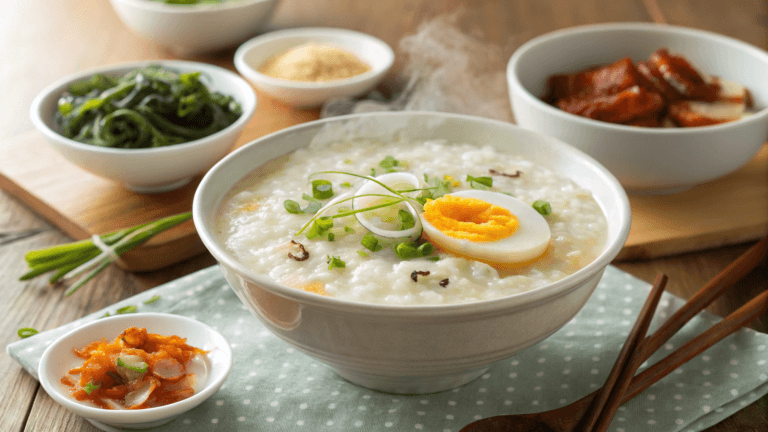Hotteok Korean Pancakes: 7 Proven Tips for the Perfect Sweet and Chewy Treat
Craving sweet and chewy? Learn how to make perfect Hotteok, the beloved Korean street food! Our 7 proven tips guarantee success.
Table of Contents
I. Introduction: Discovering the Sweet Delight of Hotteok
Hotteok, a delightful Korean pancake, is quickly becoming a favorite treat in the United States. This delicious street food is known for its warm, comforting flavors and chewy texture. But what exactly is Hotteok, and why is it so popular?
A. A Warm Welcome to Korean Street Food Favorite
Imagine strolling through a bustling Korean market, the aroma of sweet dough and cinnamon filling the air. That’s the enchanting world of Hotteok. It’s more than just a pancake; it’s a culinary experience that brings joy to those who taste it.
B. What is Hotteok? Unveiling the Korean Pancake
Hotteok is essentially a Korean pancake, but with a twist! It’s made from a simple dough of flour, water, yeast, and sugar. The magic truly happens with the filling. Typically, it includes brown sugar, cinnamon, and chopped nuts, which melt into a gooey, irresistible sweetness as the pancake cooks on a hot griddle.
C. Why Hotteok is Gaining Popularity in the US
Korean cuisine is currently experiencing a surge in popularity in the U.S. Hotteok, with its comforting sweetness and relatively simple preparation, is especially appealing. Therefore, you can now find it in some Korean restaurants, food trucks, and even at local food festivals. Its unique texture and flavor profile set it apart from traditional pancakes, making it a memorable treat.
D. Focus on Achieving “Perfect” Hotteok
However, making perfect Hotteok can be a bit tricky. Achieving the ideal balance of chewy dough and gooey filling requires careful attention to detail. That’s why we’re sharing our 7 proven tips for creating the perfect sweet and chewy treat, every time. Follow our guide, and you will soon be enjoying authentic Hotteok in your own kitchen!
II. Understanding the Key Elements of Hotteok
To make truly exceptional Hotteok, it’s important to understand the role each component plays in the final product. Therefore, let’s delve into the key elements that make Hotteok so unique.
A. The Dough: Foundation of Flavor and Texture
The dough is the foundation upon which this sweet treat is built. The basic Hotteok dough consists of flour, water, sugar, yeast, and a pinch of salt. However, the ratio of these ingredients, and the way they are combined, significantly affects the final texture.
- Flour: Provides structure and chewiness.
- Water: Activates the yeast and hydrates the flour.
- Sugar: Feeds the yeast and adds sweetness.
- Yeast: Creates the rise and fluffy texture.
- Salt: Enhances the flavor and controls yeast activity.
B. The Filling: A Symphony of Sweetness
The filling is where the magic truly happens! The classic Hotteok filling includes brown sugar, cinnamon, and chopped nuts (such as walnuts or peanuts).
- Brown Sugar: Provides a rich, molasses-like sweetness. Dark brown sugar is often preferred for a more intense flavor.
- Cinnamon: Adds warmth and spice.
- Chopped Nuts: Provide texture and a nutty flavor.
You can also use other ingredients, such as seeds, honey, or even red bean paste for unique variations. The key is to use high-quality brown sugar for optimal flavor, as it is the dominant flavor component.
C. The Cooking Process: Mastering the Art of Pan-Frying
The cooking process is just as important as the ingredients themselves. Pan-frying the Hotteok in oil creates a crispy exterior while melting the sweet filling inside.
- Well-Seasoned or Non-Stick Pan: Prevents the pancakes from sticking.
- Oil: Adds flavor and helps to create a crispy crust.
- Pressing: Flattens the pancake for even cooking and helps distribute the filling.
Therefore, mastering the art of pan-frying is crucial for achieving perfectly cooked Hotteok.
III. The 7 Proven Tips for Perfect Hotteok
Now, let’s get to the heart of the matter: the 7 proven tips that will help you make perfect Hotteok every time. These tips cover everything from dough consistency to heat control, and they will ensure that your Hotteok is sweet, chewy, and utterly delicious.
A. Tip #1: The Perfect Dough Consistency: Get it Right!
The perfect dough consistency is key to achieving that signature chewy texture. The dough should be slightly sticky but still manageable. Therefore, if it’s too wet, add a tablespoon of flour at a time until it reaches the right consistency. If it’s too dry, add a teaspoon of warm water at a time.
Remember, using warm water is crucial for activating the yeast effectively, however, it shouldn’t be too hot as that can kill the yeast.
B. Tip #2: Unleash the Power of Yeast: Activation is Key
Activating the yeast, or “proofing” it, is an essential step that ensures a light and fluffy dough. To proof the yeast, simply combine it with warm water and a teaspoon of sugar in a small bowl. Wait for about 5-10 minutes. If the mixture becomes foamy, the yeast is active and ready to use. If not, the yeast may be expired, and you should use a fresh batch. Furthermore, if your yeast doesn’t activate, your Hotteok won’t rise properly.
C. Tip #3: The Sweetest Secret: Choosing the Right Sugar
The type of brown sugar you use can significantly impact the flavor of your Hotteok. Therefore, while light brown sugar works, dark brown sugar is generally recommended for a richer, more molasses-like flavor. Muscovado sugar, with its deep, complex flavor, is another excellent option. On the other hand, granulated sugar simply won’t provide the same depth of flavor.
D. Tip #4: Sticky Situation: Taming the Dough
Hotteok dough can be quite sticky, which can make it challenging to handle. To prevent the dough from sticking to your hands, lightly oil your hands before shaping the pancakes. Also, avoid using excessive flour, as this can make the Hotteok tough. Work quickly and efficiently to minimize sticking.
E. Tip #5: Heat Control: The Art of Golden Brown
Cooking Hotteok over medium-low heat is essential for even cooking. Too high heat will result in a burnt exterior and an uncooked interior. Therefore, aim for a golden-brown color on both sides of the pancake. Flip the pancake when it is golden brown and the bottom side is cooked.
F. Tip #6: Pressing for Perfection: Even Cooking is King
Pressing the pancake during cooking is crucial for even cooking and distributing the filling. Use a spatula or a dedicated Hotteok press to flatten the pancake slightly. This helps the filling melt evenly and ensures that the entire pancake cooks through. Moreover, this step is key to achieving that signature Hotteok texture.
G. Tip #7: Rest and Relaxation: Letting the Magic Happen
Allowing the cooked Hotteok to rest for a few minutes before serving can make a big difference. This allows the filling to cool and thicken slightly, preventing it from oozing out when you bite into the pancake. Therefore, although serving immediately is best for optimal texture and flavor, a little rest goes a long way.
IV. Recipe: Your Guide to Homemade Hotteok
Ready to try your hand at making homemade Hotteok? Here’s a detailed recipe with step-by-step instructions.
A. Ingredient List (with U.S. measurements)
For the Dough:
- 1 cup (120g) all-purpose flour
- 1 teaspoon active dry yeast
- 1 tablespoon granulated sugar
- 1/2 teaspoon salt
- 3/4 cup (180ml) warm water (105-115°F / 40-46°C)
- 1 tablespoon vegetable oil, plus more for greasing
For the Filling:
- 1/2 cup (100g) dark brown sugar, packed
- 1 teaspoon ground cinnamon
- 1/4 cup (30g) chopped walnuts or peanuts
B. Step-by-Step Instructions
- Activate the Yeast: In a small bowl, combine the warm water, sugar, and yeast. Let it sit for 5-10 minutes, or until foamy.
- Make the Dough: In a large bowl, whisk together the flour and salt. Add the yeast mixture and oil. Mix until a shaggy dough forms.
- Knead the Dough: Turn the dough out onto a lightly floured surface and knead for 5-7 minutes, or until smooth and elastic. The dough will be slightly sticky.
- First Rise: Place the dough in a lightly oiled bowl, turning to coat. Cover and let rise in a warm place for 1-1.5 hours, or until doubled in size.
- Prepare the Filling: In a small bowl, combine the brown sugar, cinnamon, and chopped nuts.
- Shape the Hotteok: Punch down the dough and divide it into 6-8 equal portions. Lightly oil your hands. Take one portion of dough and flatten it into a small circle. Place about 1-2 tablespoons of the filling in the center. Bring the edges of the dough up and pinch them together to seal the filling inside.
- Cook the Hotteok: Heat a lightly oiled skillet or griddle over medium-low heat. Place the filled dough ball seam-side down in the skillet. Use a spatula or Hotteok press to flatten the pancake to about 1/4 inch thickness.
- Cook Each Side: Cook for 2-3 minutes per side, or until golden brown and the filling has melted.
- Rest and Serve: Remove the Hotteok from the skillet and let it rest for a few minutes before serving. Serve warm.
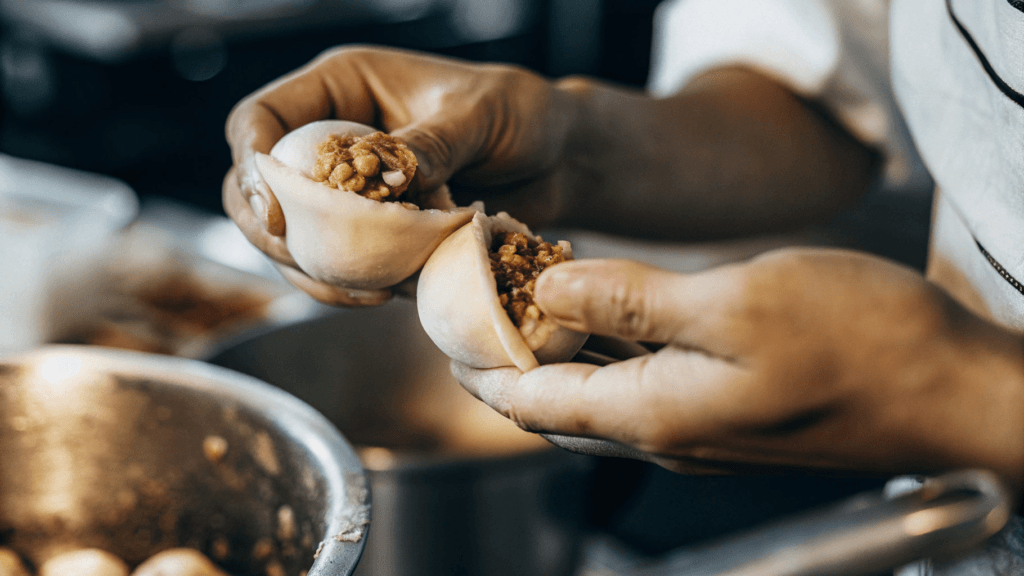
D. Recipe Notes and Tips
- If the dough is too sticky, lightly oil your hands.
- If the filling is leaking out, make sure the edges of the dough are tightly sealed.
- Adjust the amount of filling to your preference.
- For a vegan version, use maple syrup or agave nectar instead of honey and omit the nuts.
V. Variations and Beyond: Exploring the World of Hotteok
While the classic sweet Hotteok is a beloved treat, there are many variations to explore. From savory fillings to modern twists, the possibilities are endless.
A. Savory Hotteok: A Different Kind of Treat
Savory Hotteok is a delicious alternative to the sweet version. Therefore, instead of a sweet filling, try filling the dough with ingredients like vegetables, glass noodles, and spices. This is a great way to enjoy Hotteok as a light meal or snack.
B. Modern Twists on a Classic
Modern chefs are constantly experimenting with new and exciting Hotteok variations. Cheese Hotteok, with mozzarella or cheddar cheese inside, is a popular choice. You can also find ice cream Hotteok, which features a scoop of ice cream on top of the warm pancake. The adaptability of the recipe allows for endless creativity.
C. Hotteok Around the World: Regional Adaptations
Similar pancake-like dishes exist in many cultures around the world. Therefore, exploring these regional adaptations can be a fun way to expand your culinary horizons.
VI. Troubleshooting Common Hotteok Problems
Even with the best recipe and instructions, you may encounter some challenges along the way. Here’s how to troubleshoot common Hotteok problems.
A. Dough is Too Sticky
If the dough is too sticky, it’s likely that you added too much water. Therefore, add a tablespoon of flour at a time until the dough reaches the right consistency.
B. Pancakes are Burning
If the pancakes are burning, it’s likely that the heat is too high. Lower the heat to medium-low and cook for a longer time.
C. Filling is Leaking Out
If the filling is leaking out, you may be using too much filling or not sealing the edges of the dough tightly enough. Therefore, use less filling and pinch the edges of the dough carefully to seal them.
D. Dough Didn’t Rise
If the dough didn’t rise, it’s likely that the yeast was expired or the water was too hot or cold. Therefore, use fresh yeast and ensure that the water temperature is between 105-115°F (40-46°C).
VII. Serving and Storing Hotteok
Once your Hotteok is cooked to perfection, it’s time to serve and enjoy! Here are some tips for serving and storing this delicious treat.
A. Serving Suggestions: Hot or Cold?
Hotteok is best served warm, fresh from the pan. Therefore, top it with a dusting of powdered sugar, a drizzle of maple syrup, or a scoop of ice cream for an extra special treat.
B. Storing Leftover Hotteok
Store leftover Hotteok in an airtight container at room temperature for up to 2 days.
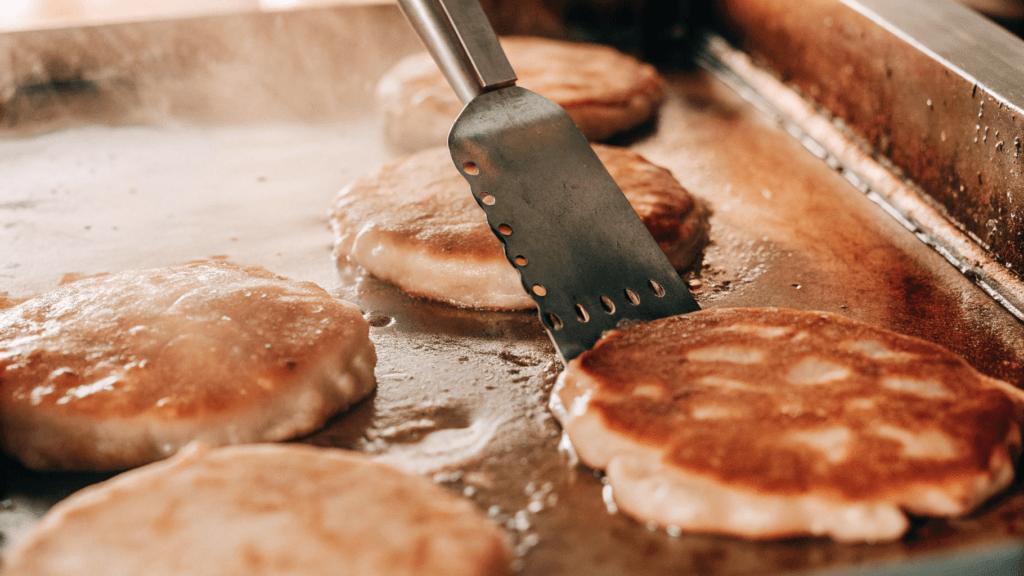
C. Freezing Hotteok for Future Enjoyment
To freeze Hotteok, wrap each pancake individually in plastic wrap and then place them in a freezer bag. Freeze for up to 2 months. Reheat from frozen in a pan, microwave, or oven.
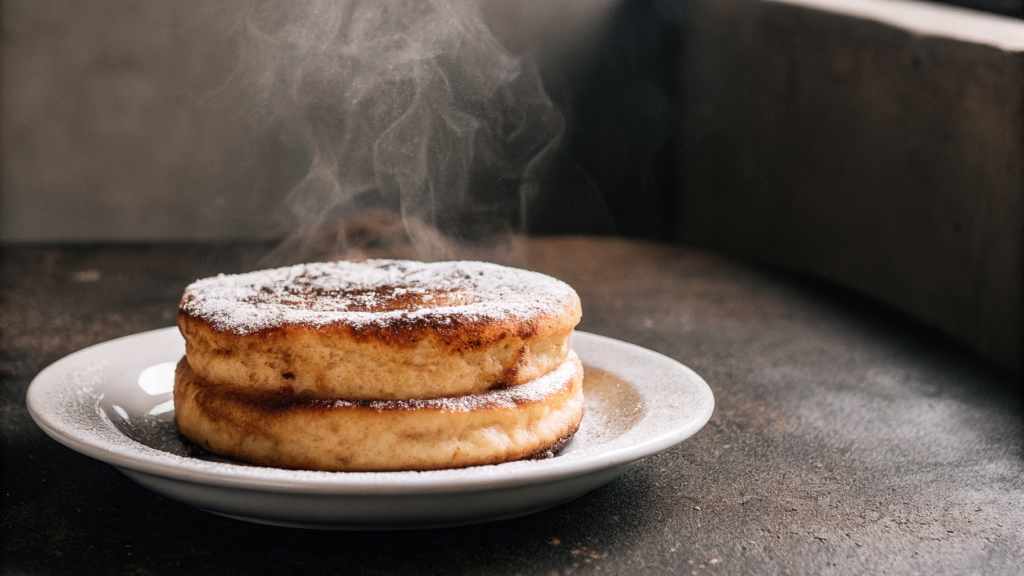
VIII. Hotteok: More Than Just a Pancake
Hotteok is more than just a delicious snack; it’s a cultural icon in Korea.
A. Cultural Significance
Hotteok is a popular street food and comfort food in Korea. Therefore, it’s often enjoyed during the winter months as a warm and satisfying treat.
B. A Taste of Korea at Home
Making Hotteok at home is a wonderful way to experience the flavors of Korea. Therefore, try this recipe and share your creations with friends and family!
IX. Conclusion: Your Journey to Hotteok Mastery
You’ve now learned the secrets to making perfect Hotteok at home.
A. Recap of Key Takeaways
Remember the 7 tips: perfect dough consistency, activate the yeast, choose the right sugar, tame the sticky dough, control the heat, press for perfection, and let it rest.
B. Final Encouragement
Experiment with different fillings and toppings to create your own unique Hotteok creations. You’ve got this!
X. FAQ: Answering Your Hotteok Questions
- Hotteok recipe?
We’ve provided a detailed Hotteok recipe in Section IV, complete with ingredient lists and step-by-step instructions to guide you in creating this delightful treat. - Hotteok japchae?
Hotteok and japchae are two distinct Korean dishes. Hotteok is a sweet pancake, while japchae is a savory noodle dish. However, they can be enjoyed together as part of a Korean meal. - Sweet Korean pancake mix?
Yes, you can find pre-made Hotteok mix in Korean grocery stores or online. These mixes simplify the dough-making process. However, making it from scratch allows you to control the ingredients and adjust the flavor to your liking. - Honey Hotteok?
Honey can be used as an addition to the filling or as a topping for Hotteok. It adds extra sweetness and a unique flavor. To make honey Hotteok, drizzle honey over the cooked pancakes or mix a small amount into the filling. - Gluten free hotteok?
Yes, gluten-free Hotteok is possible by substituting the all-purpose flour with a gluten-free flour blend. Ensure the blend is suitable for baking and contains xanthan gum for binding. - Cheese Hotteok?
Cheese Hotteok is a modern twist on the classic recipe. Therefore, simply add mozzarella or cheddar cheese to the filling along with the brown sugar and nuts for a savory-sweet combination. - Korean potato pancake?
Korean potato pancake, or Gamja-jeon, is a savory pancake made primarily from grated potatoes. It’s a different dish from Hotteok, which is sweet. Therefore, Gamja-jeon is typically served with a dipping sauce. - Aaron and claire hotteok?
Aaron and Claire are popular YouTubers who have shared their own Hotteok recipe. Their recipe may offer slight variations, so comparing different recipes can help you find the one you prefer.
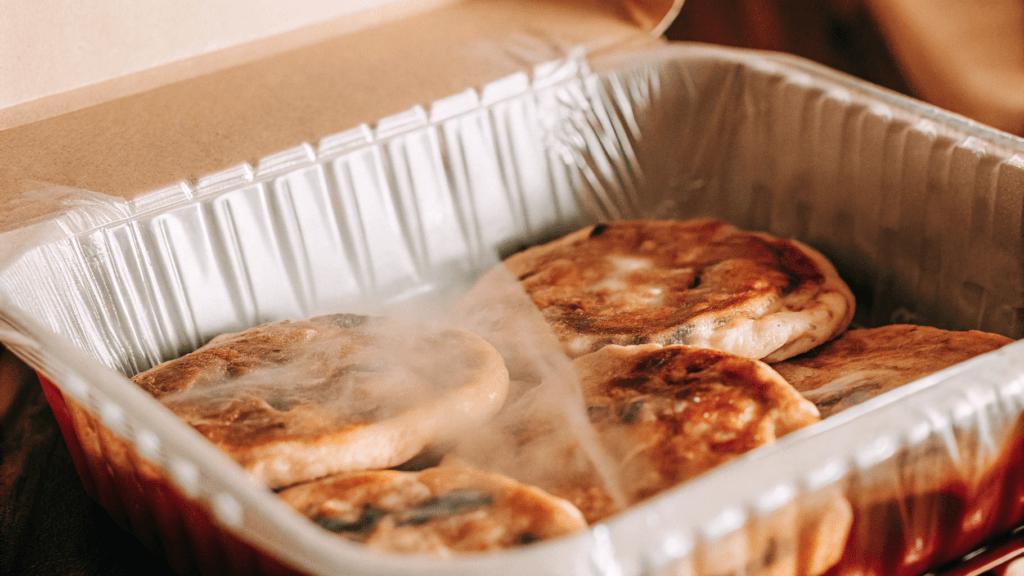
XI. Nutritional Information
Nutritional Content (per 100g):
| Nutrient | Amount |
| Calories | 250-300 kcal |
| Carbohydrates | 40-50g |
| Protein | 3-5g |
| Fat | 8-12g |
| Fiber | 1-2g |
| Sugar | 20-30g |
Cooking is an act of love and creativity! 🌟 What do you think of this recipe? I’d love to hear your thoughts and any tips or tweaks you’d suggest to make it even better. Let’s inspire each other in the kitchen!
There are no reviews yet. Be the first one to write one.


